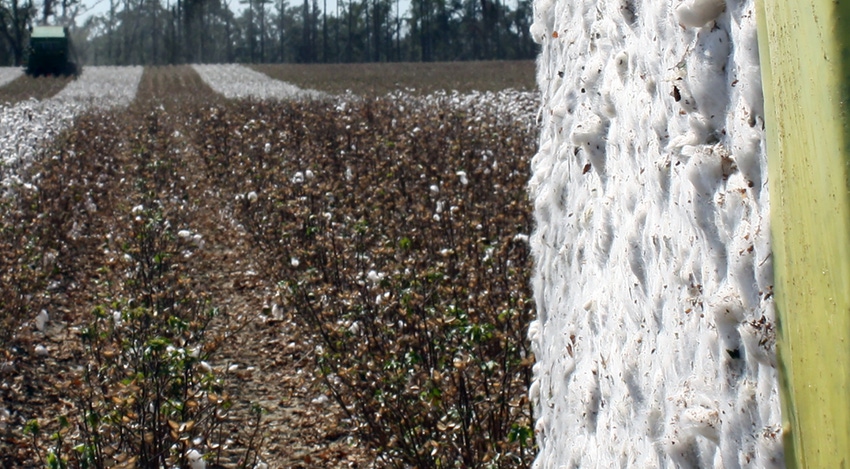
The economic mood was cautiously upbeat on some things and not so much on others.
Each year, the Southern Outlook Conference brings together into one room in Atlanta the best agricultural economists from most Southern land-grant institutions, from Texas to Virginia and all states in between. At the conference, I annually have the privilege of being the dimmest person in the room, but that privilege isn't specific to just that conference.
Due to the current situation, the conference was held virtually over several Tuesdays in September and October. I can virtually be the dimmest person, too, but if you stick around folks, you pick up on things and that can help see down the road or maybe even around a curve.
As October arrived, soybean November futures had rallied to more than $10 per bushel. Even corn December futures at the time paraded to seven-month highs at $3.85 a bushel. Such numbers won't rally the troops to ready the mattresses to stuff the profits, but the markets' directions are certainly better than they've been.
The USDA September 2020 Farm Income Forecast predicts net farm income in inflation-adjusted 2020 dollars will increase $18.3 billion from 2019. If realized, again in inflation-adjusted terms, net farm income in 2020 would still be 25.4% below its peak of $137.6 billion in 2013, but still 13.8% above the average of the years between 2000 and 2019.
The safety net programs in the farm bill have deployed assistance in these down markets. Government farm payments are forecast at $37.2 billion in 2020, the same USDA report states, an increase of $14.7 billion from the previous year. The expected increases in net-farm income were triggered by issues outside the control of U.S. producers and delivered by supplemental, ad hoc assistance separate from the farm bill's programs and baseline budgets.
But an increase is just an increase. It doesn't mean full on profit, or again, mattress-stuffing times. The payments were engineered to stabilize U.S. ag producers in an industry that needs capital and cash flow. Without the additional assistance, the farm landscape now might look much different, the learned economists said.
Will recent acronyms we've come to know fade into memory in the coming year? In 2019, the Market Facilitation Program, or MFP, provided financial assistance to growers hit by markets hit by trade disruptions. In 2020, supplemental and ad hoc disaster assistance programs such as the Paycheck Protection Program, or PPP, and Coronavirus Food Assistance Program, or CFAP, provided financial relief to growers whose markets were hurt by the global COVID-19 pandemic.
The economists felt — whoever or whatever emerges on top on a certain day (or later) in November — it will be a challenge to maintain the political and fiscal support to reup the ad hoc levels of support we've seen for agriculture the last three years outside of the farm bill's domain. Stronger markets will need to shoulder more of the burden of bottom lines.
About the Author(s)
You May Also Like






